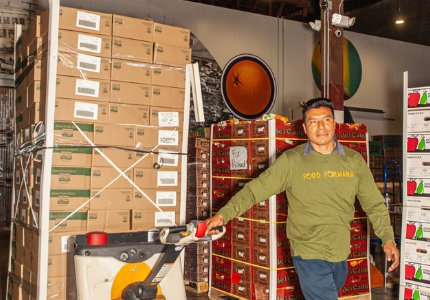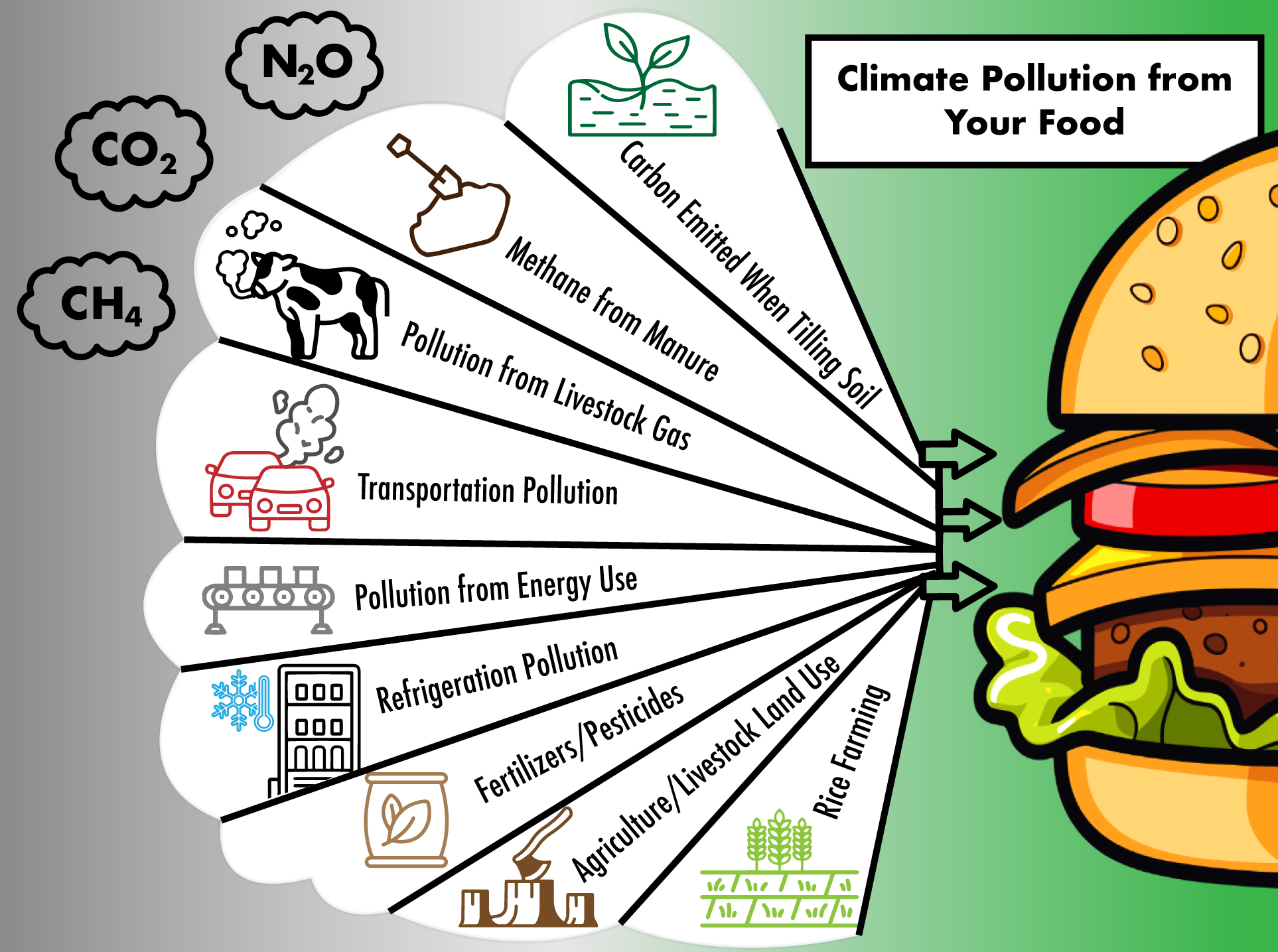Food Waste Prevention
Food Waste Heats Our Climate
- Food waste is food that goes unsold or uneaten.
- Up to 40% of food gets wasted.
- Pollution from food waste heats our climate
- Producing food creates climate pollution.
- Pollution from food rotting in landfills heats the climate.
Resources
- What is Food Waste Prevention? US EPA Sustainable Management of Food Basics | ReFED Food Waste Problem
- Wasted Food Scale: Wasted Food Scale | US EPA
- Food Waste Research ReFED Newsroom & Articles | ReFED
- US National Strategy for Reducing Food Loss and Waste and Recycling Organics National Strategy for Reducing Food Loss and Waste and Recycling Organics | US EPA
Easy Ways to Cut Food Waste
- Meal plan and prep
- Buy only what you plan to use.
- Prepare it, so it’s easy to grab during the week.
- Organize your refrigerator with the older items in the front so they get eaten first before they spoil.
- Freeze the food you won’t immediately eat.
Community composting and community gardens.
- Community compost can be part of a community garden where residents can:
- Bring their food scraps
- Take home produce from the garden.
- This helps neighborhoods with people in need or no nearby grocery stores.
- Visit the Community Composting page for more information.
CalRecycle offers a grant for community composting to build or expand small composting programs in low-income communities.
Get more information at Community Composting for Green Spaces Grant Program page.

What Businesses Can Do
- Join a Food Waste Prevention Commitment:
- US Food Waste Pact U.S. Food Waste Pact
- Pacific Coast Food Waste Commitment Reducing Wasted Food | Pacific Coast Collaborative
- US Food Loss and Waste 2030 Champions United States Food Loss and Waste 2030 Champions | US EPA
- Sector-Specific Solutions: Join the Mission to End Food Waste – ReFED Inc.
- Conduct a Waste Audit
- Employee Engagement
- Consumer Education
- Visit the CalRecycle Food Donor’s page

